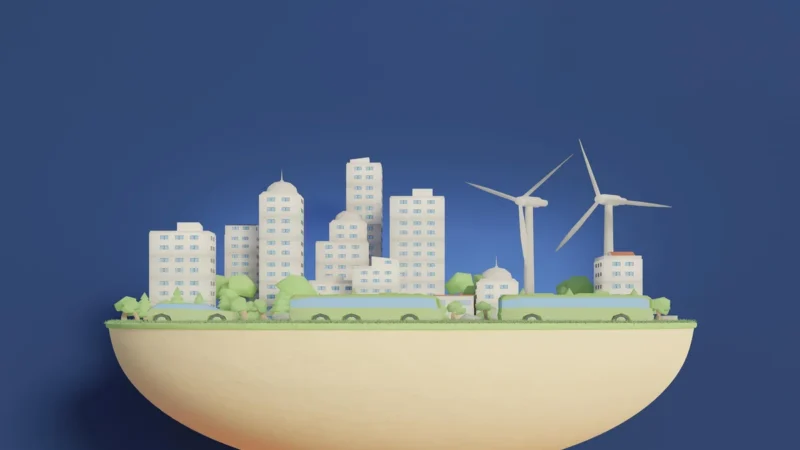Environment: How Green Environments Improve Health

In today’s fast-paced world, the importance of maintaining good health is paramount. A growing body of research suggests that the environment we inhabit plays a crucial role in shaping our overall well-being. Green environments, characterized by abundant nature and natural spaces, have been found to have a profound impact on our health. From reducing stress to enhancing mental and physical health, the positive effects of being surrounded by greenery are significant and far-reaching.
1.Stress Reduction and Mental Health:
One of the standout benefits of green environments is their ability to reduce stress and promote mental well-being. Urban lifestyles often expose individuals to high levels of stress, contributing to mental health issues like anxiety and depression. Immersing oneself in green surroundings, whether it’s a park, forest, or even a garden, has been shown to have a calming effect on the mind. The visual appeal of nature, coupled with the soothing sounds and scents of the outdoors, can trigger a relaxation response, reducing cortisol levels and improving overall mood.
2.Physical Health and Immune System Boost:
Beyond its impact on mental health, spending time in green environments can also positively influence physical health. Engaging in outdoor activities like walking, jogging, or cycling allows individuals to maintain a more active lifestyle. This physical activity, when combined with the fresh air and natural light of green spaces, contributes to improved cardiovascular health and better lung function. Moreover, exposure to nature has been linked to a strengthened immune system, thanks to the beneficial compounds released by plants and the stress-reducing effects that, in turn, bolster immune function.
3.Connection with Nature and Psychological Restoration:
The connection between humans and nature is deeply ingrained in our evolutionary history. Green environments offer an opportunity for individuals to reconnect with this innate bond, fostering a sense of psychological restoration. This connection can result in increased feelings of vitality and an improved sense of self. The natural world provides a respite from the demands of modern life, allowing individuals to disconnect from technology and experience a mindful engagement with their surroundings.
4.Social Interaction and Community Building:
Green spaces serve as gathering points for communities, encouraging social interaction and fostering a sense of belonging. Parks, botanical gardens, and public squares often host events and activities that bring people together. This sense of community and shared experiences can have positive effects on mental health by reducing feelings of isolation and loneliness.
we can conclude this, the evidence is clear: green environments play a vital role in improving overall health and well-being. Whether it’s through stress reduction, enhanced mental and physical health, immune system support, or the restoration of our connection with nature, the benefits of spending time in natural spaces are substantial. As we continue to navigate the challenges of modern living, embracing and preserving these green environments is not only a boon for our individual health but also for the collective vitality of our communities.
FAQs
1.What exactly is meant by “green environments”?
Green environments refer to natural spaces abundant with vegetation, such as parks, forests, gardens, and other areas where plant life is prevalent. These spaces provide a direct connection to nature, offering a range of health benefits.
2.How do green environments help reduce stress?
Green environments have a calming effect on the mind due to their visual appeal, natural sounds, and scents. Being surrounded by greenery can lower stress hormone levels, promoting relaxation and better mood.
3.How can spending time in green spaces improve physical health?
Engaging in outdoor activities like walking, jogging, or cycling in green spaces promotes physical activity. Fresh air and natural light contribute to better cardiovascular health and lung function. Additionally, exposure to nature’s compounds can boost the immune system.
4.What’s the connection between green environments and mental well-being?
Green spaces foster a sense of psychological restoration by allowing individuals to reconnect with nature. This connection can lead to increased vitality and improved self-esteem. Disconnecting from technology in natural surroundings supports mindfulness.
5.Do green environments encourage social interaction?
Yes, green spaces often serve as community gathering points. Parks and public areas host events that bring people together, reducing feelings of isolation and loneliness. The sense of community created in these environments positively impacts mental health.


